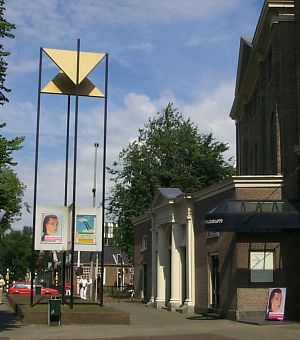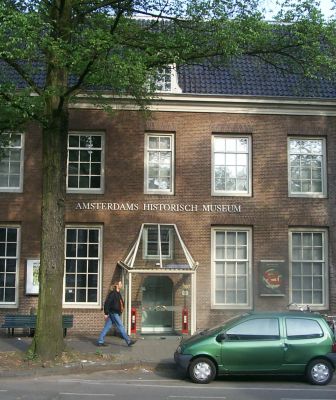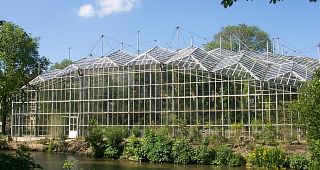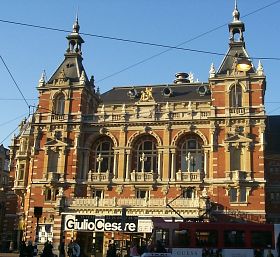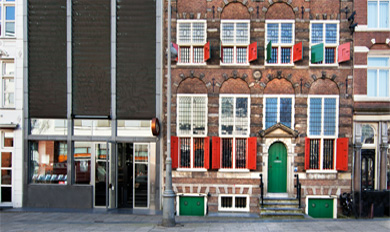This tour was highly recommended in BOOM magazine. Randy is a pretty cool guy! This tour focused on the humorous and contemporary stories of the red light district. He kept us entertained by showing us where Quentin Tarantino wrote Pulp Fiction. Eminem and Mike Tyson’s favorite coffeshop. We even saw the club with the darkroom floor that Jean Paul Gaultier passed out on (and woke up stuck to)!
We saw a lot of window prostitutes and learned about X-rated bookshops, live sex shows, magic mushrooms and smart shops. Warning: there was also some Amsterdam history on the tour.We had a lot of laughs and came away with a better understanding of not only the red light district but also the Dutch culture. Highly recommended!
Info:
The meeting point is in front of the Victoria Hotel across from Central Station at 8pm, and 10pm on Fridays & Saturdays.(Damrak and Prins Hendrik-kade). It lasts 90 minutes.
Resevations are recommended!


